The compact car taxi market is diversifying with a range of models designed to meet the specific needs of urban transportation. Alibaba.com showcases a variety of small electric cars, reflecting the industry's shift towards eco-friendly options. These vehicles are typically characterized by their compact size, making them ideal for navigating and parking in tight city spaces. Among the offerings, there are small electric cars equipped with advanced battery systems, ensuring long ranges and efficient energy consumption, suitable for the stop-and-go nature of city driving.
Durability and efficiency are also central to the design of these compact car taxis, with many models featuring robust materials and streamlined designs to withstand the rigors of daily urban use. The compact car taxis available range from two-seater models, perfect for quick city trips, to slightly larger four-seater versions, providing versatility for different passenger needs. Additionally, some compact car taxis are equipped with smart technologies such as remote start and automatic gearboxes, enhancing the driving experience for both drivers and passengers.
For those with specific needs, the market includes electric cars designed for accessibility, such as models suitable for disabled persons, demonstrating the industry's commitment to inclusivity. Furthermore, the selection of small car taxis extends to various designs, from practical and straightforward models for everyday use to more luxurious options that offer high-speed capabilities and additional comfort features, catering to a broader range of preferences and requirements.







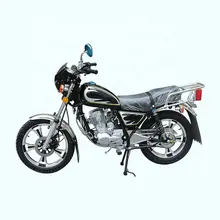

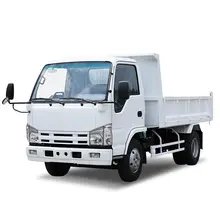



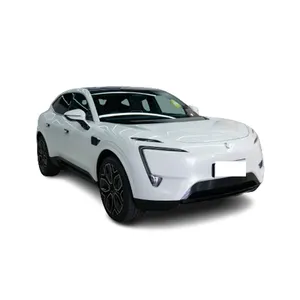


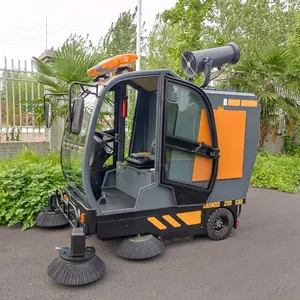




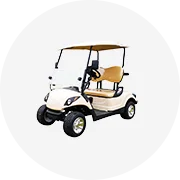










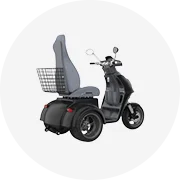








 浙公网安备 33010002000092号
浙公网安备 33010002000092号 浙B2-20120091-4
浙B2-20120091-4